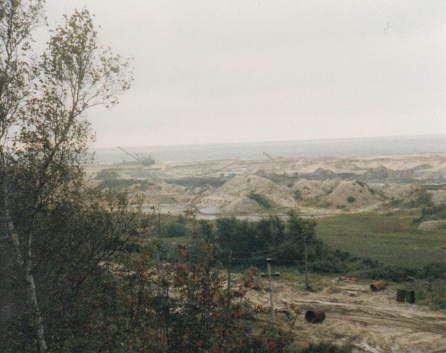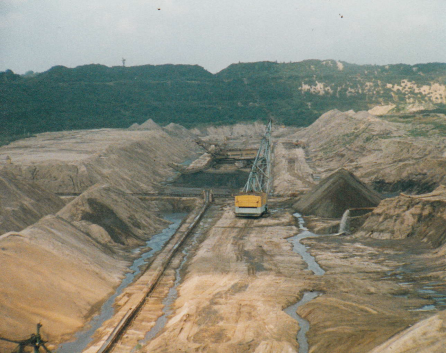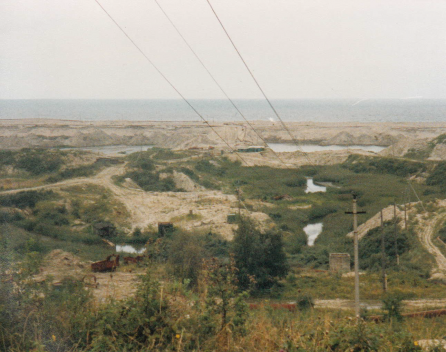Baltic amber
GOLD OF THE NORTH: Tears of Gods
Name: English: amber (the name is derived from the old Arabic word "anbar"), french: ambre, german: Bernstein, danish: rav, greek: elektron (if you rub amber on a cloth it becomes charged with negative electricity/ that's the origin of the word electricity), old Latin: sucinum.
Fossil resin of coniferous trees (plinus succinifera) during Eocene/ 55 – 40 million years.
Origin: Here Baltic States/ main region: Jantarny (Russia) /before 1945 called Palmnicken/ East Prussia.
Exploitation: Opencast mining/ up to 900t per year/ only a small quantity can be used for jewelry.
Components: 80% carbon, approx. 10% hydrogen, app. 10% oxygen, small quantity of sulfur; app. Formula C10H16O+(H2S)
Hardness: 2 – 2.5 Moh's scale.
Specific gravity: 1.05 – 1.10g/cm3.
Colors: all varieties of cognac and golden yellow from opaque to transparent, ivory-colored, brown, green (moss), black (contains bark of trees or floor coverings of the forest); rare: blue and cherry (the reason of opaque color are up to 900 000 small bubbles per square millimeter – when the sun heated amber the surface of the stone became weak and oxygen could leave – this process is called natural clearing. Sun spangles are caused by different temperatures.
Similar to natural amber: pressed amber (small pieces will be heated up to 320oC and pressed from four sides to plates or cylinders/ in Germany and Austria it is called "Echt Bernstein" – real amber- / reconstructed amber – plastics/ glass imitations
Specialty: When the resin was running down the tree small insects were incorporated air sealed. So we have a focused look at a part of flora and fauna 50 million year ago. The bodies of insects are hollow, what you see is only the skin.
Tests for authenticity: amber is swimming in strong salt water or in Cola – plastic will remain on the bottom. Burning: amber has an aromatic resin taste, plastic is stinking.
Processing: mostly manual work; grinding of weather-beaten crust (oxidation) – shaping - polishing - drilling. Some tumbling and vibrator machines.
Jewelry: Baltic amber is used as gem stone since the Mesolithic Period. In the Baltic region, the ancient Rome and the ancient Greece (Homer) amber wasused for jewelry, for medicine and as a stone for spiritual healing. The Roman poet Plinius was angry about the price of amber „a small carved statue of amber is more expensive than a slave".
Articles made of amber: tumbled stones, hand grinded lumps, necklaces (round –baroque round-olive-cylinder-disk beads, small and big splinter), bracelets, pendants, Christian and Moslem rosaries, carvings, key pendants, letter opener etc.
Astrological aspect: stone of twin.
Possible healing effects: sore throat/ if you put amber in water or wine for 1-14 days, the liquid shall be good against stomach-ache/asthma/ stypic (so the literature).
Attention: If your amber jewel isn't shining polish it with toothpaste!
 |
 |
| Strip mining of Baltic amber near Baltic Sea, Yantarny, Russia, formerly East Prussia, Palmnicken |
 |
| Flooded amber mines, Yantarny, Russia, formerly East Prussia, Palmnicken |